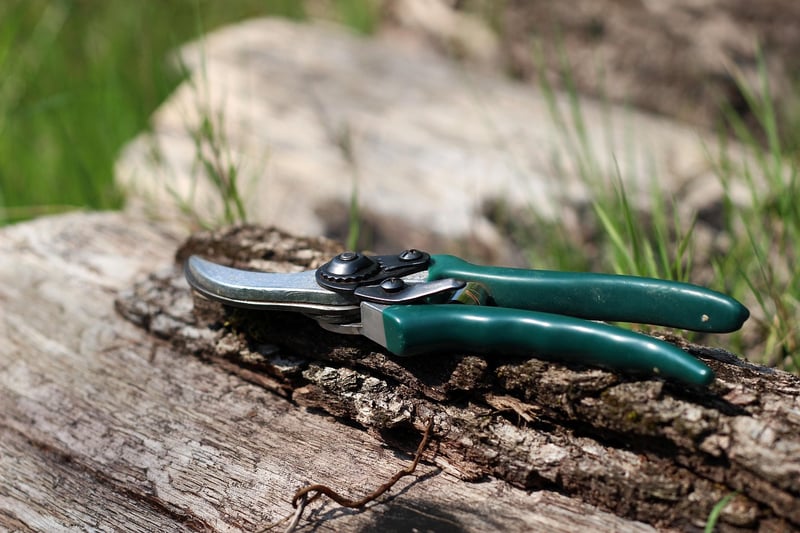Pruning Guidelines
Maintaining Plant Health Through Proper Pruning: Guidelines and Tips
Pruning is a vital aspect of plant care that not only helps in maintaining the aesthetics of your garden but also promotes growth and overall plant health. Knowing the right techniques and when to prune different types of plants is crucial for their well-being. Here are some guidelines and tips to help you master the art of pruning:
Why Pruning is Important?
Pruning helps in removing dead or diseased branches, shaping the plant, improving air circulation, and stimulating new growth. It also helps in preventing pest infestations and promoting flowering and fruit production.
General Pruning Tips:
- Use clean, sharp tools to make precise cuts without causing damage to the plant.
- Prune during the plant's dormant season to minimize stress and promote faster healing.
- Remove any crossing, rubbing, or inward-growing branches to maintain a well-structured plant.
- Always prune at a 45-degree angle above a bud or a node to encourage proper healing and growth.
Specific Plant Pruning Guidelines:
Roses:
Prune roses in late winter or early spring before new growth appears. Remove dead or diseased canes and shape the plant to encourage flowering.

Shrubs:
Prune shrubs after they flower to avoid cutting off potential blooms. Remove old wood, weak branches, and shape the shrub for a neat appearance.

Fruit Trees:
Prune fruit trees during the dormant season to promote fruit production and maintain a manageable size. Remove water sprouts, suckers, and crossed branches.

Conclusion
By following these pruning guidelines and tips, you can ensure the health and vitality of your plants while enhancing the beauty of your garden. Remember to research specific pruning requirements for each type of plant to achieve the best results.
Happy pruning!
